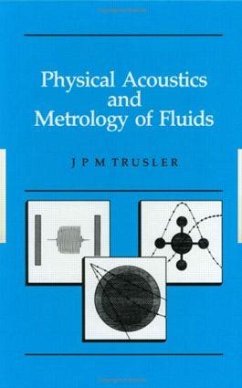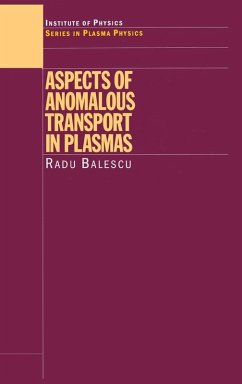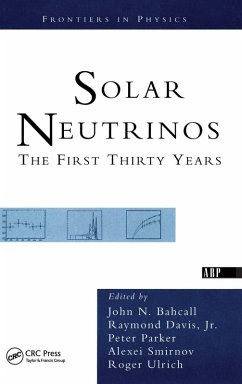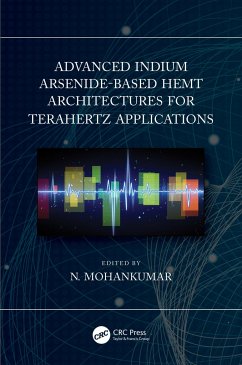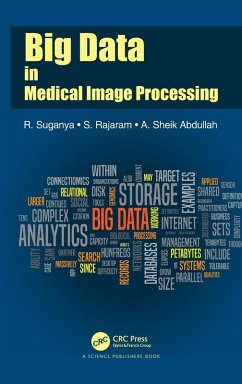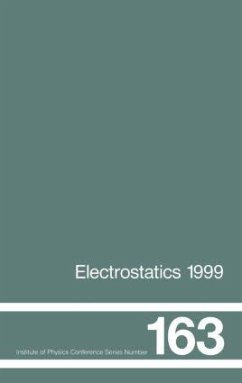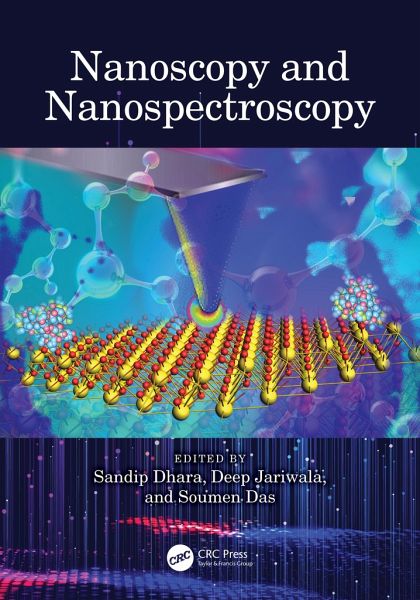
Gebundenes Buch
Nanoscopy and Nanospectroscopy
Versandkostenfrei!
Versandfertig in 1-2 Wochen

PAYBACK Punkte
75 °P sammeln!




This book builds a narrative on the near-field optical and spectroscopic studies with an emphasis on plasmonic and photonic assisted nano-optics as a tool for super-lensing. Deliberations on near-field studies using confined light in various applications are included alongwith their commercial implications.
Prof. Dr. Sandip Dhara completed his Ph.D on Magneto-optic Recording Materials from National Physical Laboratory, New Delhi in 1994 and joined Indira Gandhi Centre for Atomic Research (IGCAR), Kalpakkam in 1996. Presently he is the Head of Surface and Nanoscience Division, Materials Science Group and Professor, Homi Bhabha National Institute. He was also visiting Professor in University of Valencia, Spain; Technical University of Chemnitz, Germany; and Institute of Atomic and Molecular Sciences, Academia Sinica, Taiwan. Dr. Dhara has more than 300 research publications including several review articles, books, book chapters, several conference presentations, etc. He has delivered more than 100 invited and plenary talks and is the recipient of Homi Bhabha Gold Medal for 2019, DAE-SRC outstanding researcher award for 2012. He is also in the editorial broad of many national and international scientific journals. Dr. Dhara is specialized in studies of light-matter interaction at the nanoscale in the sub-diffraction limit. He is a Fellow of Institute of Physics (FInstP) Fellow of the Royal Society of Chemistry (FRSC). He is among World's Top 2% Scientist in (2021) Deep Jariwala is an Assistant Professor in Department of Electrical and Systems Engineering at the University of Pennsylvania (Penn). His research interests broadly lie at the intersection of new materials, surface science and solid-state devices for computing, sensing, opto-electronics and energy harvesting applications. Deep completed his undergraduate degree in Metallurgical Engineering from the Indian Institute of Technology, Banaras Hindu University in 2010. He completed his Ph.D. in Materials Science and Engineering at Northwestern University in 2015. At Northwestern, Deep made contributions to the study of charge transport and electronic applications of two-dimensional (2D) semiconductors and pioneering the study of gate-tunable, mixed-dimensional, van der Waals heterostructures. He was Resnick Prize Postdoctoral Fellow Deep at Caltech from 2015-2017 working on nanophotonic devices and ultrathin solar cells before joining Penn in 2018. Deep's research has earned him awards of multiple professional societies including the Russell and Sigurd Varian Award and Paul H. Holloway Award of the American Vacuum Society, The Richard L. Greene Dissertation Award of the American Physical Society, Johannes and Julia Weertman Doctoral Fellowship, the Hilliard Award, the Army Research Office Young Investigator Award, Nanomaterials Young Investigator Award, TMS Frontiers in Materials Award, Intel Rising Star Award, IEEE Young Electrical Engineer of the Year Award, IEEE Photonics Society Young Investigator Award, IUPAP Early Career Scientist Prize in Semiconductors in addition to being named in Forbes Magazine list of 30 scientists under 30 and is an invitee to Frontiers of Engineering conference of the National Academy of Engineering as well as a recipient of the Sloan Fellowship. In addition, he has also received the S. Reid Warren Jr. award. He also serves on the Editorial board of the journals Electronics and Micromachines. He has published over 100 journal papers with more than 14000 citations and 7 patents. Dr. Soumen Das is a Scientific Officer at Indira Gandhi Centre for Atomic Research (IGCAR), Tamil Nadu, India. His research interests involve semiconductor, ferroelectric and magnetic oxide thin films, high temperature materials, protective coating and nanostructures. At present, he is a program leader in the Materials Chemistry and Metal Fuel Chemical Group, IGCAR, looking after materials processing, qualification and studying LASER-based surface phenomena.
Produktdetails
- Verlag: CRC Press
- Seitenzahl: 282
- Erscheinungstermin: 31. März 2023
- Englisch
- Abmessung: 260mm x 183mm x 20mm
- Gewicht: 730g
- ISBN-13: 9781032163888
- ISBN-10: 1032163887
- Artikelnr.: 66699152
Herstellerkennzeichnung
Libri GmbH
Europaallee 1
36244 Bad Hersfeld
gpsr@libri.de
Für dieses Produkt wurde noch keine Bewertung abgegeben. Wir würden uns sehr freuen, wenn du die erste Bewertung schreibst!
Eine Bewertung schreiben
Eine Bewertung schreiben
Andere Kunden interessierten sich für





